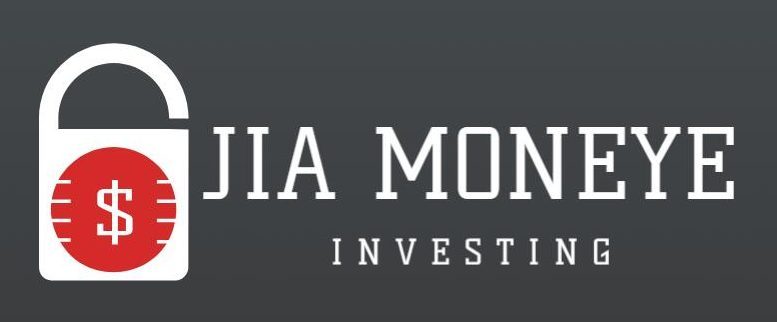Navigating Bankruptcy: A Guide to Managing Credit Debt
Understanding the Basics: A Comprehensive Guide to Navigating Bankruptcy
Navigating bankruptcy can be a daunting task, especially for those who are unfamiliar with the intricacies of credit debt management. It is a complex process that requires a comprehensive understanding of the basics to ensure a smooth transition. This article aims to provide a guide to managing credit debt and navigating bankruptcy.
Bankruptcy is a legal process that allows individuals or businesses unable to pay their debts to seek relief from some or all of their debts. In the United States, bankruptcy laws are federal laws, and bankruptcy cases are filed in the United States Bankruptcy Court. The process begins when the debtor, or the person who owes money, files a petition with the court. This petition includes detailed information about the debtor’s finances, including their income, assets, debts, and the names of all creditors.
There are several types of bankruptcy, but the most common for individuals are Chapter 7 and Chapter 13. Chapter 7 bankruptcy, also known as “liquidation bankruptcy,” involves the sale of a debtor’s non-exempt assets by a trustee. The proceeds from the sale are then distributed to creditors according to the priorities established in the Bankruptcy Code. On the other hand, Chapter 13 bankruptcy, often referred to as “reorganization bankruptcy,” allows debtors to keep their property and repay their debts over time, usually three to five years.
It is important to note that not all debts can be discharged in bankruptcy. Certain types of debts, such as child support, alimony, and most tax debts, are generally non-dischargeable. Student loan debt is also typically non-dischargeable, although there are exceptions in cases of extreme hardship.
Bankruptcy can have serious long-term financial and legal consequences, which is why it should be considered as a last resort. It can significantly impact your credit score, making it more difficult to obtain credit in the future. It can also remain on your credit report for up to ten years. However, it is also a tool that can provide a fresh start for individuals who are overwhelmed by debt.
Before filing for bankruptcy, it is advisable to explore other debt management options. These may include negotiating with creditors for reduced payments or interest rates, consolidating debts into a single, more manageable payment, or enrolling in a debt management plan through a credit counseling agency.
If bankruptcy is the best option, it is crucial to seek legal advice. A bankruptcy attorney can guide you through the process, help you understand the implications of bankruptcy, and ensure that your rights are protected. They can also help you determine which type of bankruptcy is most appropriate for your situation.
In conclusion, navigating bankruptcy requires a thorough understanding of the process and its potential consequences. It is a complex legal procedure that can provide relief for those overwhelmed by debt, but it also carries significant financial and legal implications. Therefore, it is essential to explore all debt management options and seek professional advice before deciding to file for bankruptcy. With the right guidance and information, you can make informed decisions about managing your credit debt and navigating the complex world of bankruptcy.
